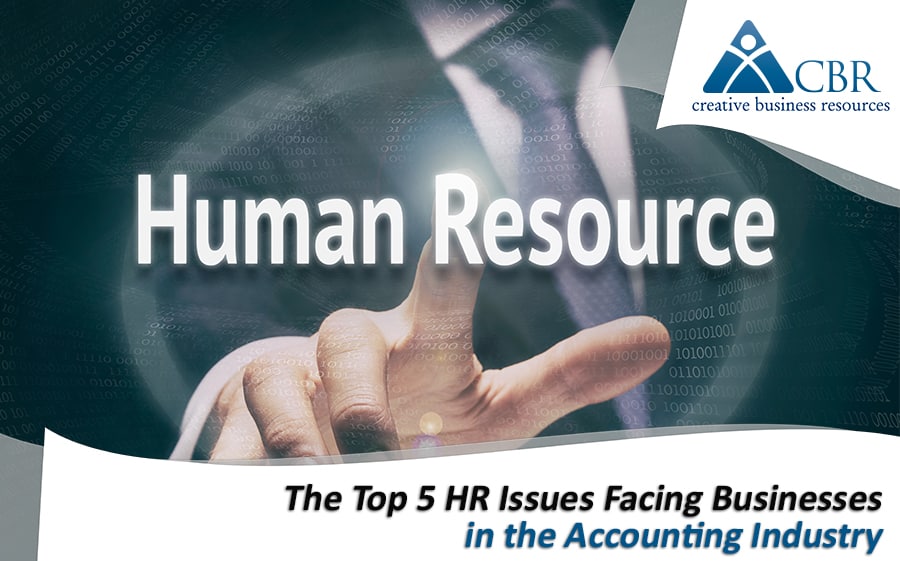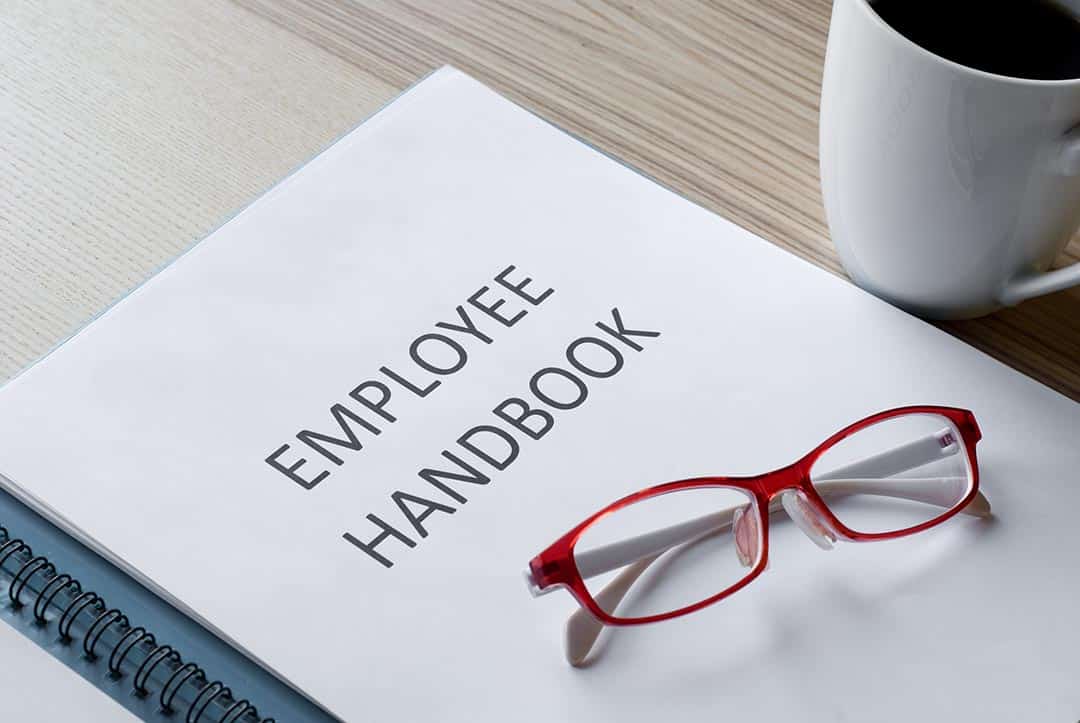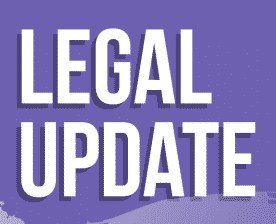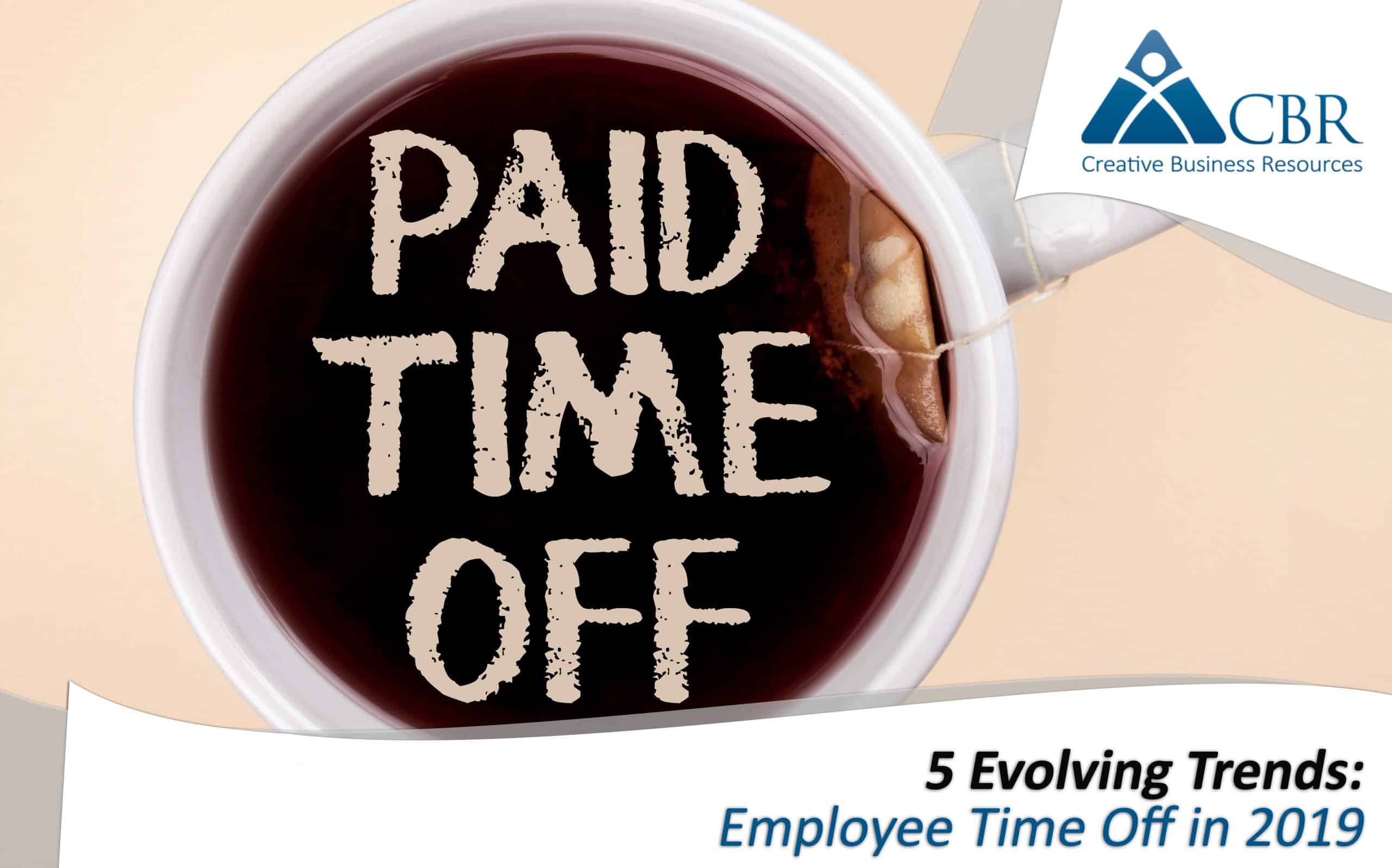Exit interviews are a critical yet often undervalued part of the employee lifecycle. As an HR professional, you have a unique opportunity to gather insightful information during these interviews. Not only do exit interviews help to identify areas for improvement, but they can also guide strategic decisions across various departments.
Here’s how to make the most of exit interviews and what you can learn from them.
The Importance of Exit Interviews
Exit interviews serve as a feedback mechanism, offering a candid window into the employee experience. They can reveal:
- Reasons behind employee departures
- Feedback on management and work culture
- Suggestions for organizational improvements
Ignoring or poorly conducting exit interviews can result in missed opportunities to address critical issues. Consequently, this could lead to decreased employee satisfaction, reduced productivity, and increased turnover.
Setting the Stage
Choose the Right Setting and Time
Hold the interview in a neutral setting where the departing employee feels comfortable to speak candidly. This could be a quiet meeting room or a virtual meeting space if the employee is remote. Aim to schedule the interview soon after the employee has given notice to ensure that their experiences and opinions are fresh.
Prepare in Advance
Advance preparation demonstrates professionalism and respect. Review the employee’s history, performance evaluations, and any previous feedback they may have offered. This will allow you to ask pointed questions that can yield more valuable insights.
Conducting the Interview
Open-Ended Questions
Open-ended questions invite expansive responses. Rather than asking, “Did you enjoy working here?”, which can be answered with a simple yes or no, ask, “What aspects of our organization did you find most satisfying, and what areas do you think need improvement?”
Active Listening
Listening is as important as asking the right questions. Show empathy and avoid interrupting the employee. Take detailed notes or, with permission, record the conversation for later review.
Keep it Confidential
Ensure that the employee understands the confidentiality of the exit interview. This assurance will encourage more honest and open communication.
Post-Interview Steps
Data Analysis
Gather all the exit interview data and categorize it into actionable items. Recognize trends or common issues that may require attention. Utilize software or HR analytics tools to track this information over time, providing longitudinal insights that can be particularly valuable.
Share Insights with Leadership
Summarize the key findings and share them with company leadership. Discuss what actions can be taken to address identified areas for improvement.
Implement Changes
Act on the feedback by implementing changes where necessary. This could involve updating company policies, providing additional training for managers, or making alterations to the work environment.
Case Study: How to Implement Changes Based on Exit Interview Feedback
Consider a scenario where multiple exiting employees have cited a lack of growth opportunities as a reason for their departure. The HR department can:
- Initiate a skills development program.
- Implement a mentorship program where junior employees can learn from senior staff.
- Revisit the career development pathways within the organization, making them more visible and accessible.
By acting on this feedback, the company not only addresses a known issue but also boosts its reputation as an employer that listens and continually seeks to improve.
A Tool Development
Exit interviews are more than just a formality; they are an indispensable tool for organizational development. By carefully preparing for, conducting, and analyzing these interviews, HR professionals can extract valuable insights that drive positive changes.
The cumulative impact of consistently well-conducted exit interviews can be significant, leading to a more cohesive, productive, and satisfied workforce. Ignore them at your peril, or embrace them as a resource for continuous improvement—the choice is yours.






























